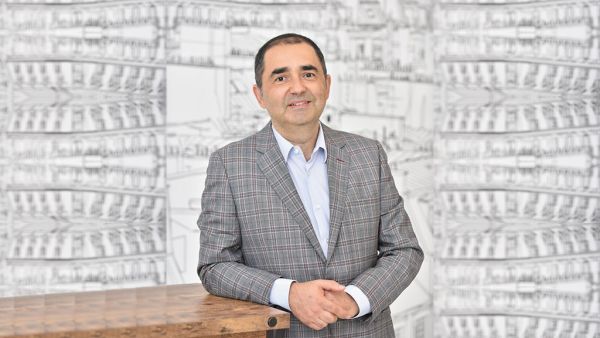BMS features include heating, ventilation and air conditioning (HVAC), as well as lighting, safety and security features. Perhaps the biggest asset of the building management system is its proven ability to reduce energy consumption and hence save money.
The challenges of classical Building Management Systems
Implementing BMS usually involves installing sensors, software, a communications network, and a cloud-based database. More recent BMS applications included Artificial Intelligence (AI) functions for prediction and analysis of recorded data.
A BMS system is useless without analyzing and interpreting the data obtained. A building evolves with its occupants and can be effective only when it adapts to the new conditions. A plan for measures to increase efficiency of consumption is only useful when monitored and adjustments are made to keep within the set limits. It is therefore useful the use of a BMS by energy managers and facility management companies.
Companies such as Siemens, Johnson Controls and Honeywell produce BMS systems tailored for large-scale building applications, usually focused on HVAC systems management.
Unfortunately, classic BMS solutions are expensive and require specialized installation, development and maintenance. Thus, while operating expenses remain low, capital expenditures can make the return on investment (ROI) seem a daunting task.
The very high cost of traditional systems means that return on investment is a challenge for all but large buildings; it often takes at least four years to recover the cost of installing BMS.
Reducing ROI limits owners' availability to invest in classic BMS implementations in over 80% of buildings. If a BMS is installed, it is usually only to control the HVAC system in buildings over 15,000 square meters and possibly to measure electricity.
A new generation BMS & IoT solutions save money
Today, with the support of the Internet of Things (IoT), new generations of BMS, and embedded web server controllers capable of integrating multiple communications protocols and applications based on artificial intelligence, the related capex costs are significantly reduced and systems continue to make the building management systems more accessible.
BMS & IoT systems help keep costs down to smart buildings. According to recent estimates, the addition of IoT-based BMS controllers and software for monitoring a building can cost between several thousand euros and several tens of thousands of euros.
Intel says an IoT-based approach using wireless sensors and multiple-mode controllers can reduce implementation costs by up to 30% compared to a traditional BMS that a few years ago cost a minimum of one hundred thousand euros.
The use of low-cost wireless sensors, inter-connectivity, local gateways and application storage and cloud analyzes are features of the next-generation BMS. Instrumentation involves the installation of an independent network of actuators and sensors (e.g. temperature, light) within a building, eliminating the need to upgrade existing equipment.
A centralized portal provides building managers with the analytical tools needed to increase energy efficiency and productivity by collecting and analyzing data, detailed reports, and managing system-level alarms in dashboard interfaces.
A sustainable future for buildings of all sizes
As the price of the classic BMS equipment continues to decline, the traditional building management system will lose power and will be replaced by a more cost-effective approach, fueled by cloud analyzes, AI and increasingly accessible sensors price.
By 2020, the related costs will go to the point where connectivity will become a standard feature. This opens the possibility of connecting any equipment’s, from very simple to very complex ones, to provide remote control, monitoring, alarm and auto-adaptation of the BMS, depending on the needs of the user.






























